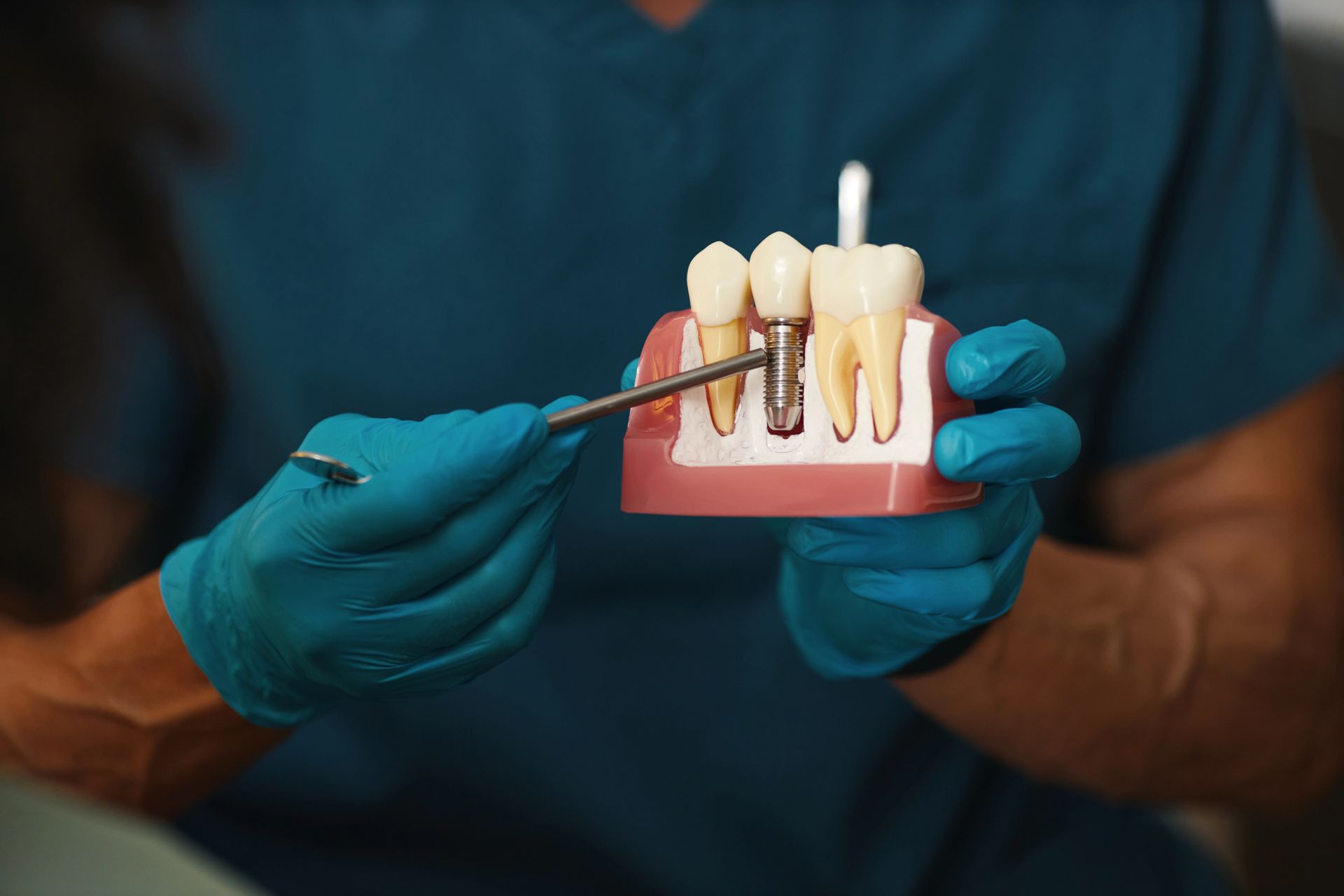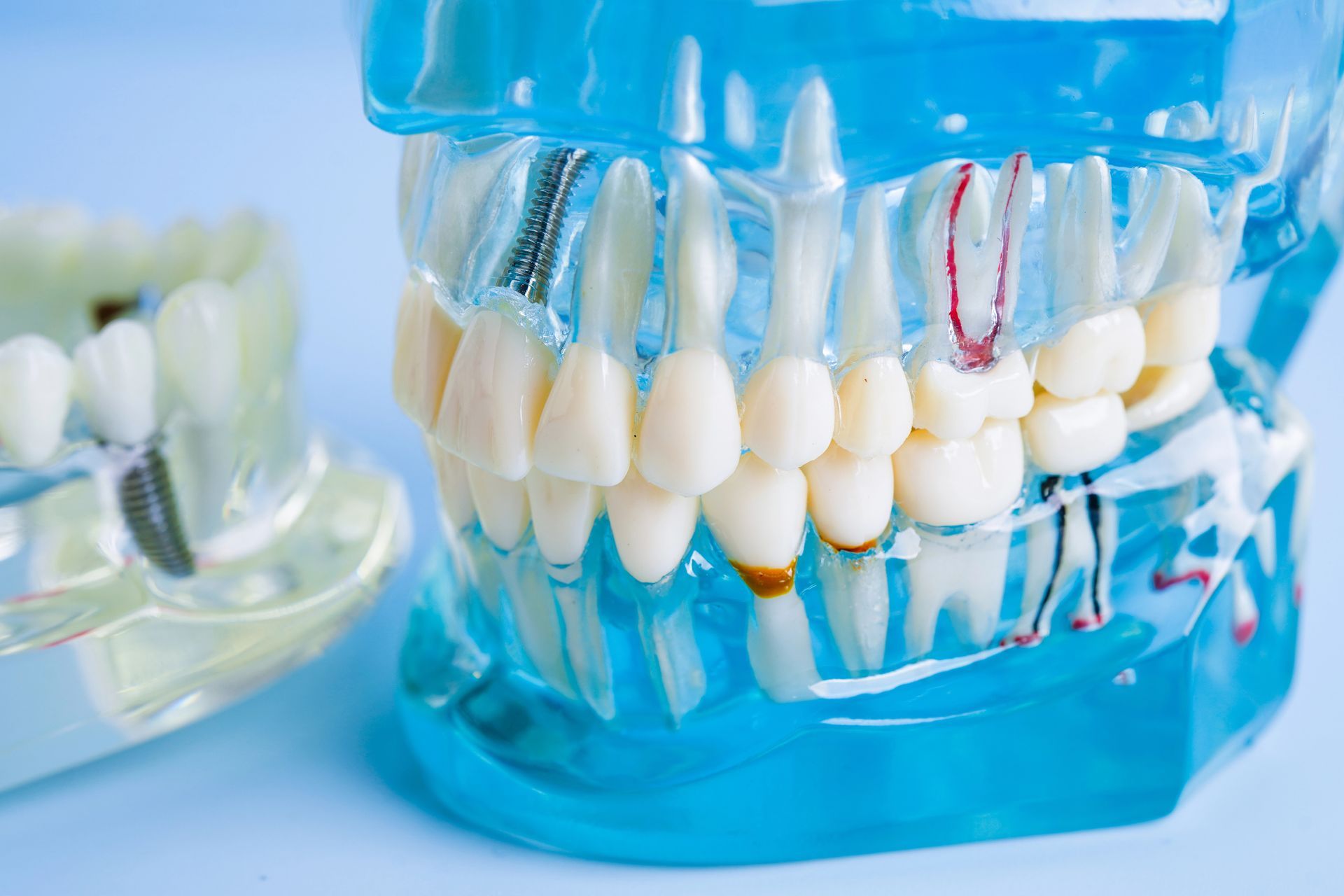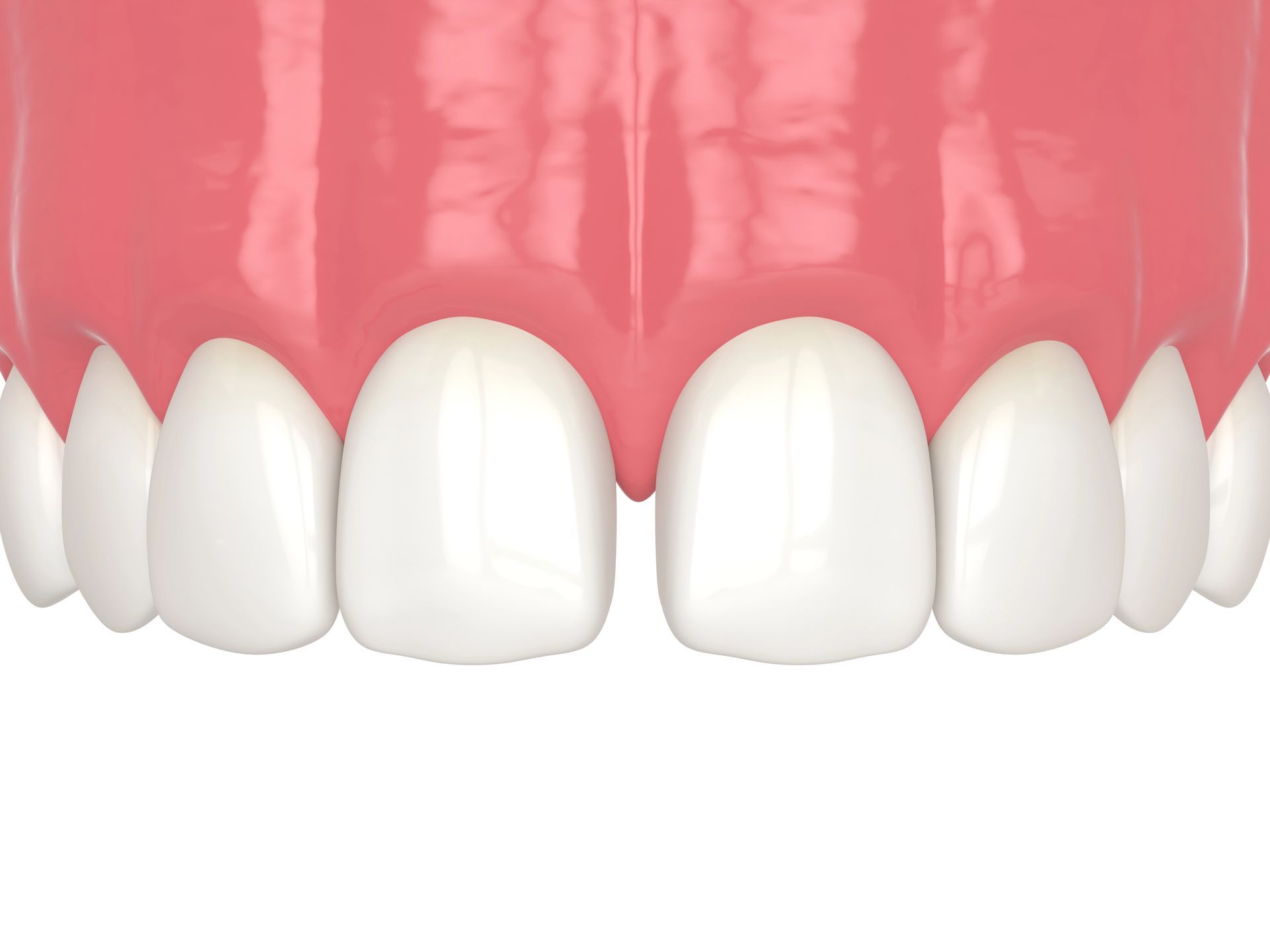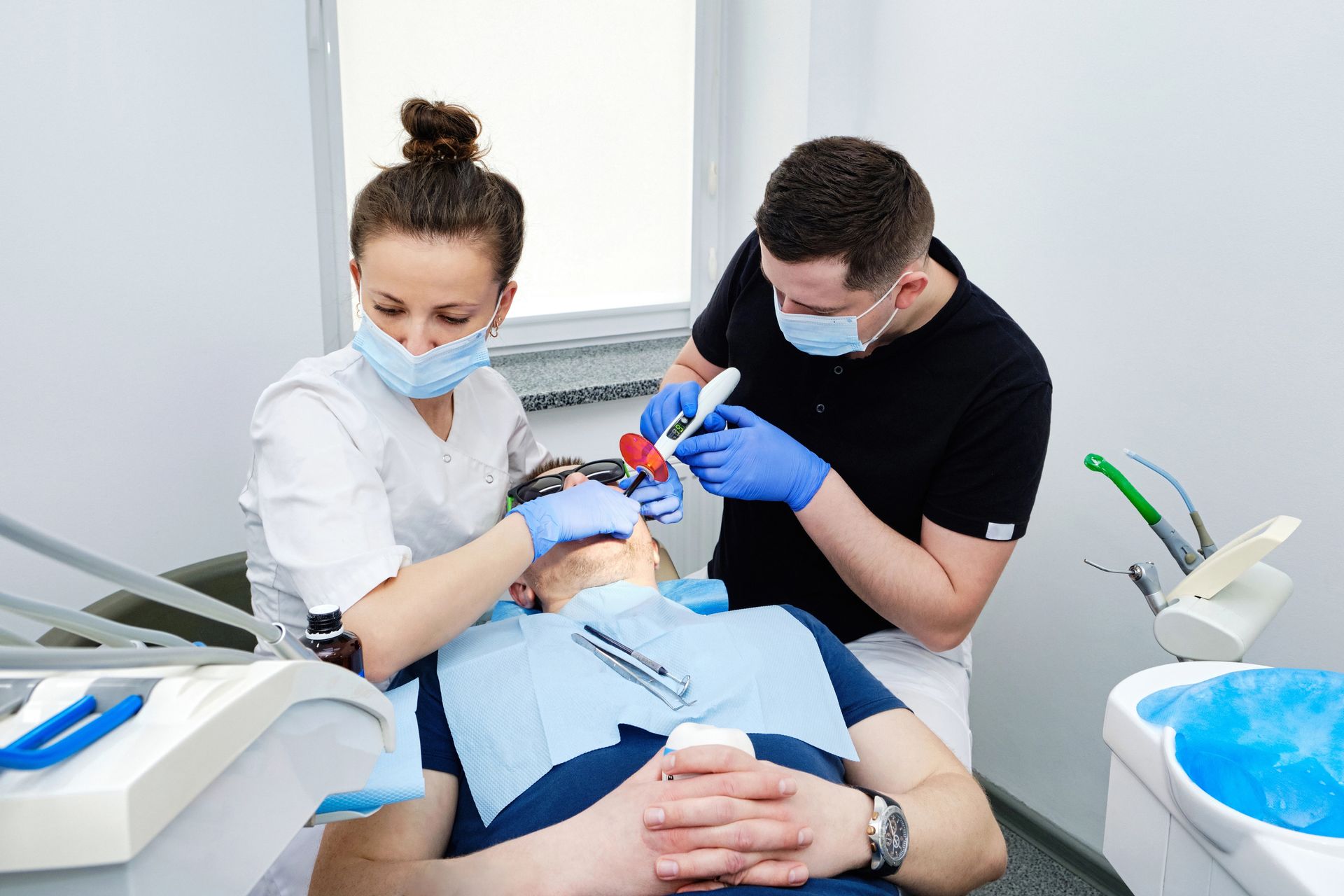Understanding the various types of dental crowns can help you make an informed decision about your dental health, as each type offers unique benefits and considerations.
Types of Dental Crowns: Porcelain Crowns
Porcelain crowns are a popular choice due to their natural appearance and durability. These crowns are crafted from high-quality ceramic material that closely mimics the translucency and color of natural teeth, making them an excellent option for restoring front teeth. Porcelain crowns are known for blending seamlessly with your existing teeth, providing both a visually appealing and functional solution for dental restoration.
In addition to their aesthetic benefits, porcelain crowns are resistant to staining, helping to maintain their appearance over time. They are custom-made to fit your tooth precisely, ensuring a comfortable and secure fit. For more information on another type of dental crown, you can read about What Are CEREC Dental Crowns and Why Are They Popular?.
Ceramic Crowns
Ceramic crowns are another popular option due to their natural appearance and durability. Made from high-quality porcelain, these crowns blend seamlessly with your existing teeth, making them ideal for front tooth restorations. Their biocompatibility ensures that they are well-tolerated by the gums and surrounding tissues, reducing the risk of allergic reactions.
One key advantage of ceramic crowns is their ability to mimic the translucency and color of natural teeth, providing an aesthetically pleasing result. This makes them a preferred option for those who prioritize the appearance of their smile. If you're considering your options among the different types of dental crowns, learn more by visiting our guide on Affordable Dental Crowns Columbia.
Metal Crowns
Metal crowns are one of the most durable options available. Made from various metal alloys, including gold, platinum, and base metals like nickel or chromium, these crowns are known for their strength and longevity. They are particularly resistant to wear and tear, making them ideal for molars that endure heavy chewing forces. While their metallic color makes them less popular for visible front teeth, their durability and performance make them a reliable choice for many dental restoration needs.
Resin Crowns
Resin crowns are an affordable and easy-to-apply option. Made from composite resin material, they can be color-matched to your natural teeth, offering a more aesthetically pleasing result. While not as durable as other types of dental crowns, resin crowns are often used for temporary solutions or for patients who need a cost-effective option. For more information on dental care options, visit your local Columbia Dentist at Design Dentistry Columbia.
Zirconia Crowns
Zirconia crowns are highly durable and offer a natural appearance. Made from zirconium dioxide, they can withstand significant wear and tear, making them ideal for patients needing a long-lasting solution. Zirconia crowns also mimic the look of real teeth, providing an aesthetically pleasing option, and their biocompatibility reduces the risk of allergic reactions or adverse effects, making them versatile for various dental needs.
Temporary Crowns
Temporary crowns play a crucial role in dental restoration, serving as a short-term solution while waiting for a permanent crown to be fabricated. Typically made from acrylic or stainless steel, temporary crowns protect the tooth and maintain its function and appearance during the interim period. Though not as durable as permanent crowns, they prevent further damage or sensitivity until the permanent one is ready.
Stainless Steel Crowns
Stainless steel crowns are a durable and cost-effective option, often used for children's primary teeth. These crowns provide a strong protective cover, making them ideal for withstanding the wear and tear of chewing and grinding. Used as a temporary solution while waiting for a permanent crown, stainless steel crowns are less likely to chip or break, making them reliable for both pediatric and adult dentistry.
Alloys in Dental Crowns
Metal alloy crowns, made from gold, platinum, palladium, or base metals like nickel or chromium, are known for their exceptional durability. These crowns are especially suitable for molars and teeth that endure heavy chewing pressure. While they may not offer the same aesthetic appeal as ceramic or porcelain crowns, their longevity and resistance to wear make them a practical option for many patients.
Crown Longevity Factors
The longevity of a dental crown depends on various factors such as the material used, the location of the crown in your mouth, and your oral hygiene habits. Porcelain crowns, for example, are aesthetically pleasing but may not be as durable as metal or porcelain-fused-to-metal crowns. Crowns on molars may also wear out faster due to the pressure from chewing. Regular dental check-ups and proper oral care can extend the life of any crown, ensuring you get the most out of your investment.
Conclusion
Understanding the different types of dental crowns can help you make an informed decision about your dental health. For more information, call 803-373-1069 or read our Google Maps reviews.










